Sensitive content
This site contains sensitive content that includes references to sexual violence.
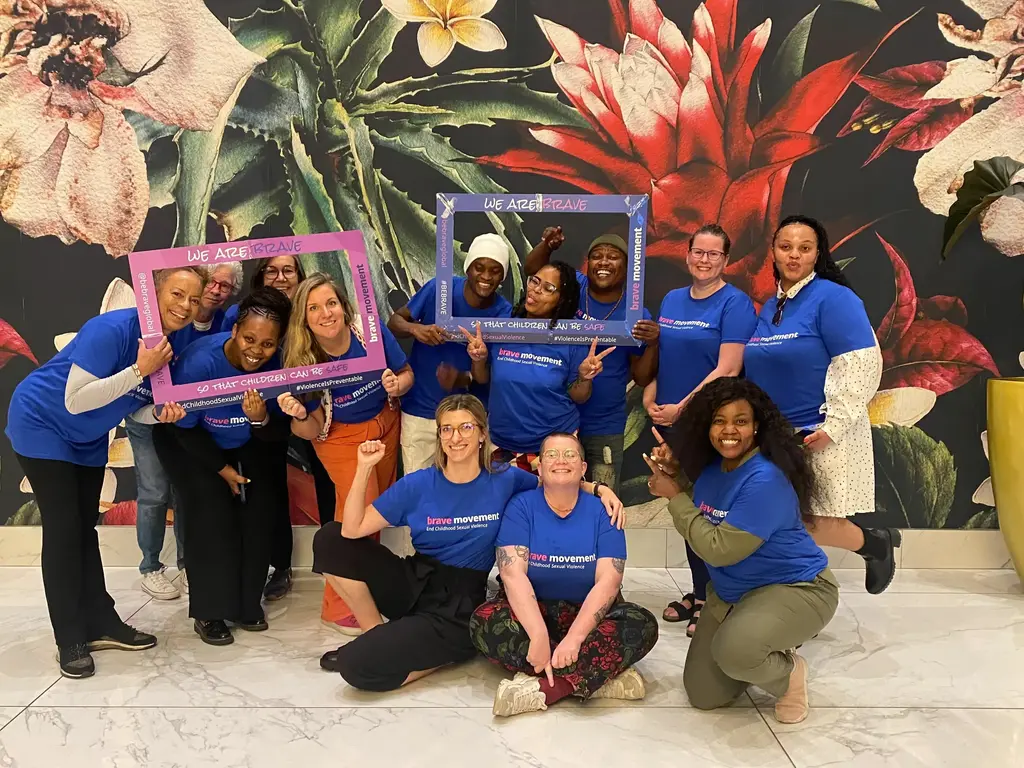
This month has been an extraordinary one for our survivor-centered advocacy and activism –a roll call of achievements, events and involvements like no other.
December 1, 2025
|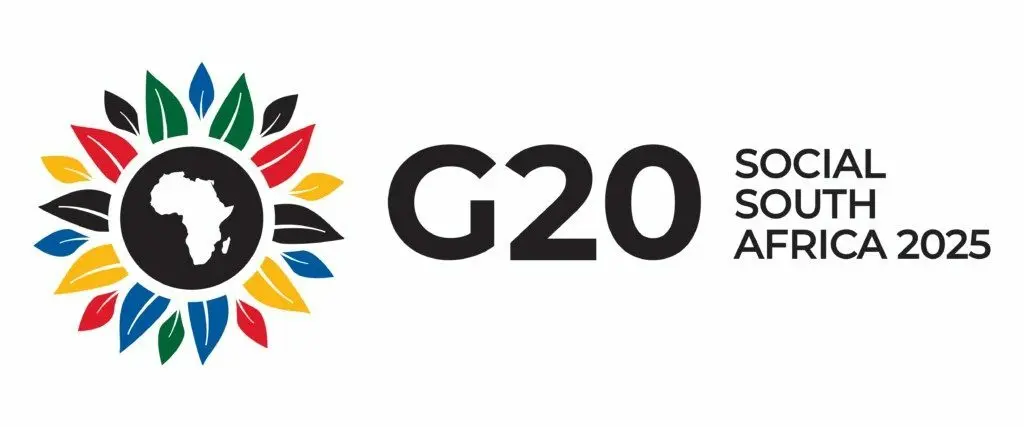
Millions of children are being exposed to new and increasingly complex forms of harm online, as technology evolves faster than regulation. This was the message echoed at the G20 Social Summit in Johannesburg, where a global coalition of governments, experts, survivors, parents, and youth advocates came together to demand stronger commitments from the world's most powerful economies. They also urged the G20 leaders to treat it as both a moral and economic crisis.
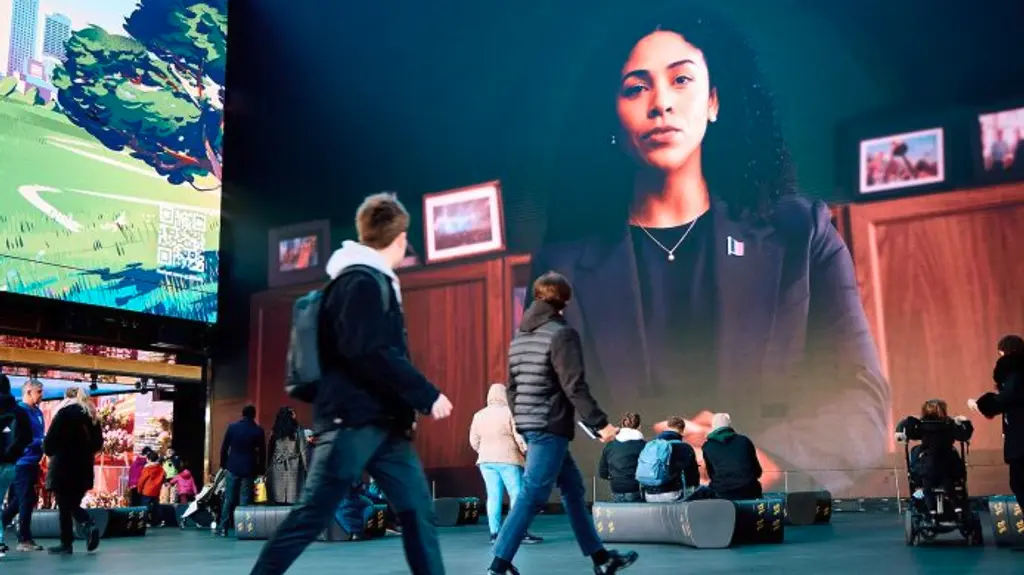
Ahead of the G20 summit in South Africa this weekend 22-23 November, the Brave Movement, part of Together for Girls, has taken over London’s Outernet to broadcast its message on the urgent need to invest in ending violence against children around the world.
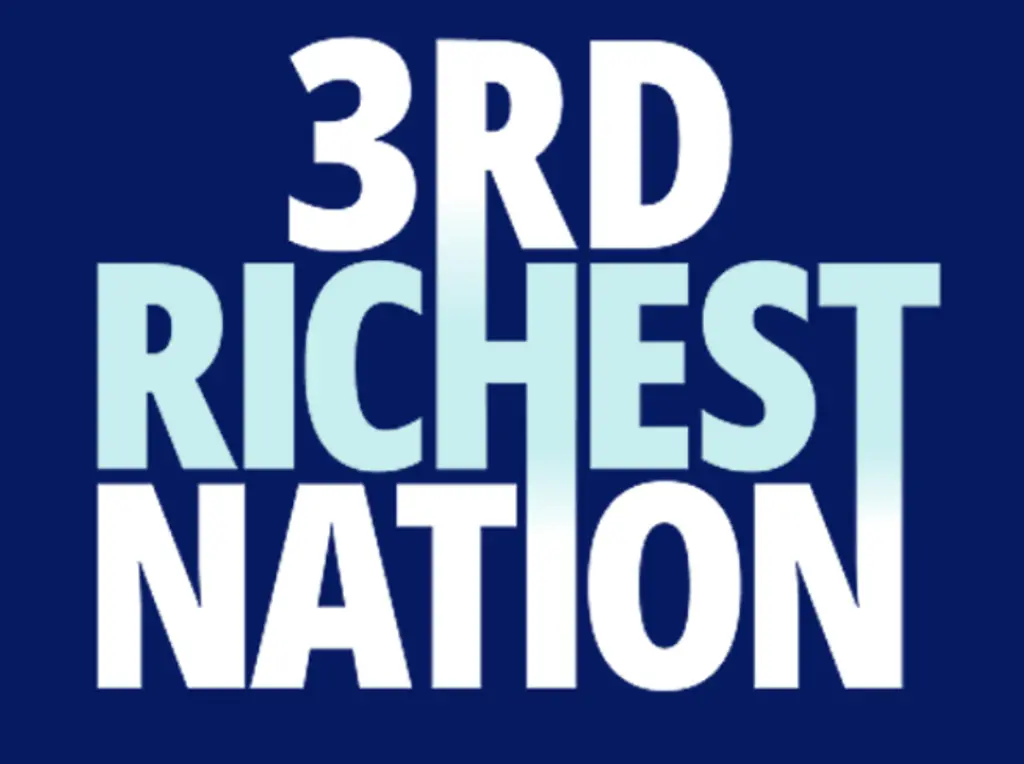
3RN makes Ad of the week in Campaign UK.
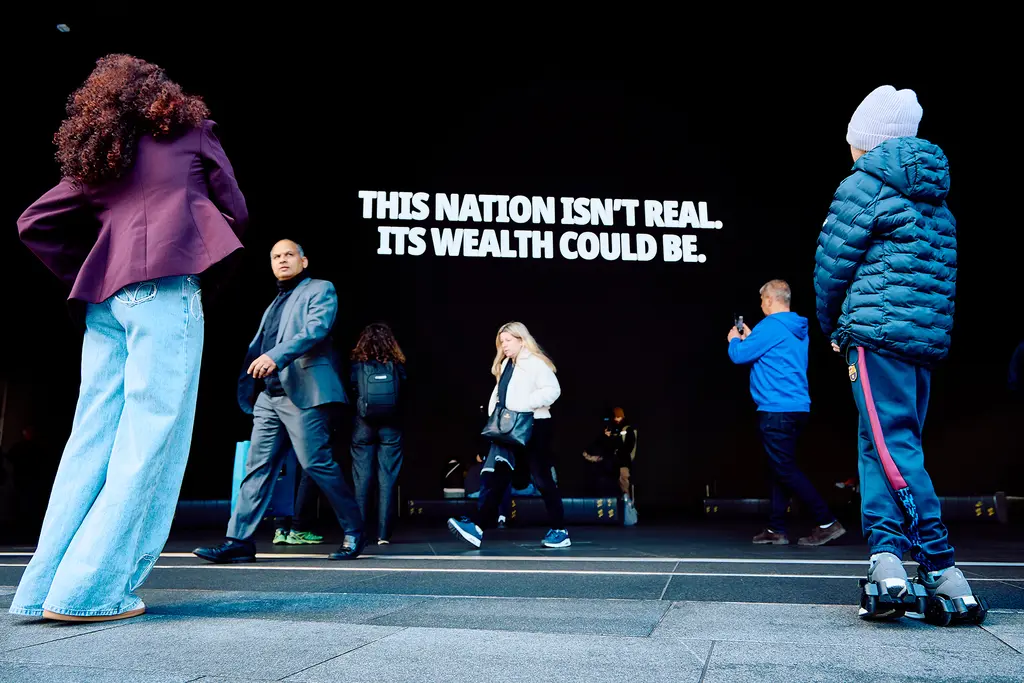
The event forms part of the ‘3rd Richest Nation’ campaign, created by cummins&partners to highlight the $7 trillion economic opportunity in ending violence against children
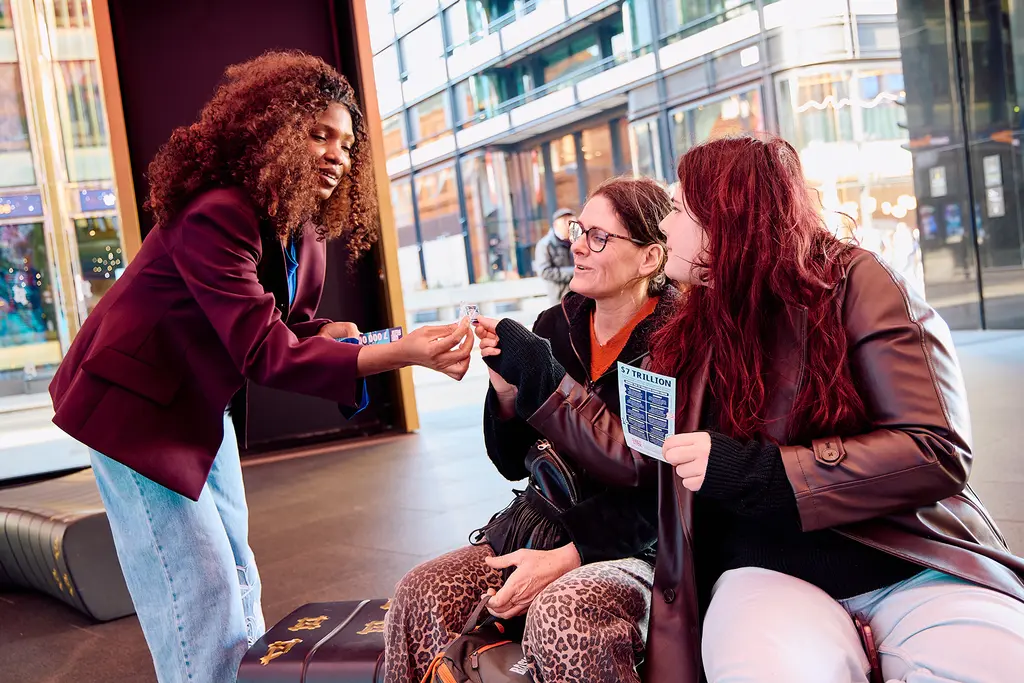
Ahead of the G20 summit in South Africa this weekend 22-23 November, the Brave Movement, part of Together for Girls, has taken over London’s Outernet to broadcast its message on the urgent need to invest in ending violence against children around the world.
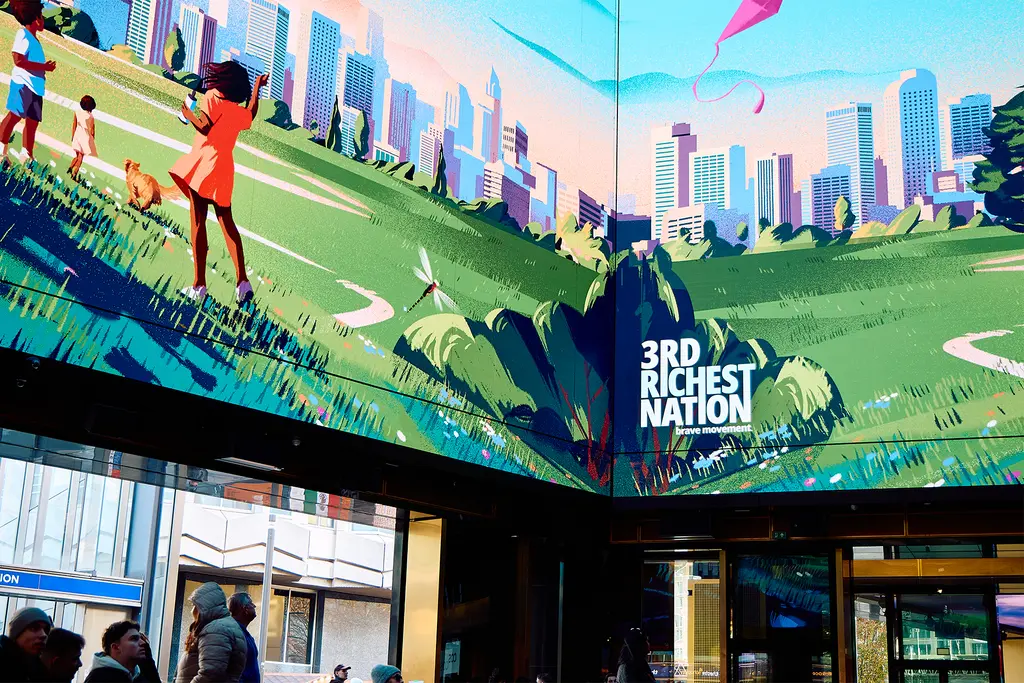
Brave Movement's 3RN Campaign takes over Outernet. Cummins & Partners created the event, and the takeover was negotiated and planned by the7stars.

The second day of the Social Summit has arrived, and civil society delegates are here to deliberate. What happens today will shape the G20 Social Summit's declaration, which will be delivered to South African President Cyril Ramaphosa on Thursday.
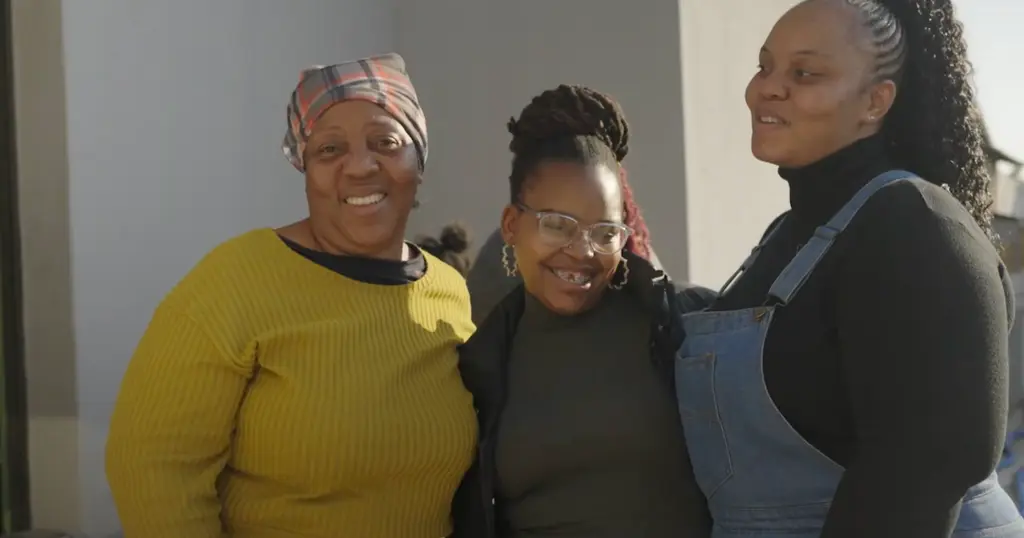
Highlighted by Health-E News All Africa, the film My Justice, My Voice: Speaking up to end childhood sexual violence, made by the Brave Movement, survivors, Rays of Hope and On Our Radar, shows how often abuse happens within families and close circles.
